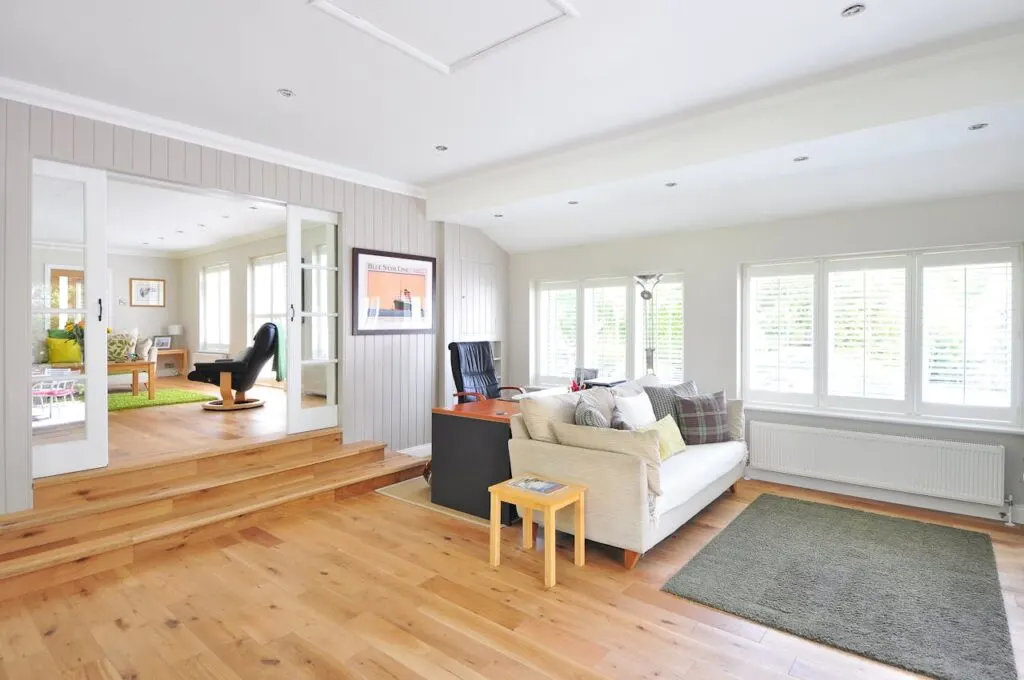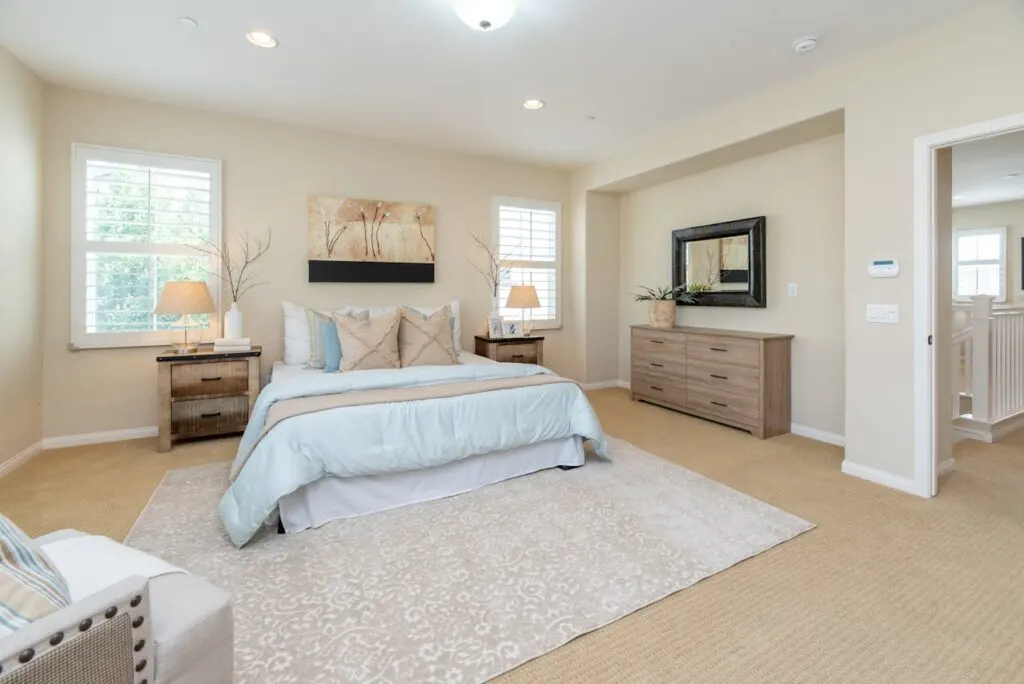This post may contain affiliate links. I only recommend products I use and love. Read the full disclosure here
Last Updated on December 23, 2024 by Alaina
Installing new windows is a significant decision that can enhance both the aesthetic appeal and the energy efficiency of your home. However, it is not a task to be taken lightly. Many factors influence the decision to change windows, including budget, style, material, and energy efficiency. To maximize the benefits of your investment, it’s essential to carefully evaluate these elements before making a final choice. Explore some critical considerations involved in changing your windows to ensure a successful upgrade that aligns with your home’s needs and your personal preferences.

Understanding Your Needs
Before embarking on the window replacement journey, identifying your specific needs is paramount. Homeowners often face various reasons that might compel them to change their windows. These could range from aesthetic updates and increased natural light to energy conservation and comfort improvement.
Analyzing your home environment will help pinpoint which aspects are most important to you. For instance, if your current windows are old and drafty, it might be time to assess options that enhance energy efficiency, especially if you notice fluctuations in indoor temperatures based on external conditions. Investing in energy-efficient windows can lead to significant savings on heating and cooling costs over time.
Moreover, consider how the new windows will complement the architectural style of your home. Variables such as window styles, grid patterns, and colors can substantially affect your property’s exterior look. Therefore, contrasting styles must align harmoniously with the existing structure to maintain curb appeal.
Budgeting for Replacement
Budgeting for window replacement should not be taken lightly, as costs can significantly vary based on material, style, and installation fees. It is crucial to set a realistic budget and adhere to it throughout the selection and purchase process. The factors influencing costs include not only the type of windows you choose but also labor and potential additional renovations needed during installation.
Vinyl and fiberglass windows typically fall on the lower end of the price scale, whereas wood or custom options often demand a higher investment. Besides the upfront costs, consider the long-term savings that energy-efficient windows can deliver.
When creating a budget, it is beneficial to obtain multiple quotes from contractors to compare services and pricing thoroughly. Be wary of costs that seem too good to be true, as they often lead to lower quality materials or inadequate installation services.
Choosing the Right Materials
The material of your new windows plays a crucial role in performance and maintenance. Various materials, including vinyl, wood, aluminum, and fiberglass, all possess unique attributes that cater to different homeowner needs.
Vinyl is appreciated for its low maintenance and affordability, making it a popular choice among homeowners with modest budgets. Wood windows provide excellent insulation and aesthetic appeal but may require more effort for upkeep. Conversely, aluminum window frames are lightweight and durable but can lag in energy efficiency unless they have thermal breaks. It’s wise to choose a material that aligns with your climate for optimal performance.
Additionally, some materials are better suited for certain architectural styles, impacting overall home aesthetics. Exploring combinations of materials can also yield beautiful results while maintaining structural integrity. For instance, the option to integrate the options from elegant bay window designs in Peoria, IL adds a remarkable architectural element that can revolutionize your home’s appearance while boosting light flow and views.
Understanding the various attributes of materials can ensure you select windows that best meet your preferences and practical requirements.
Energy Efficiency Considerations
Evaluating energy efficiency is an essential step in the window selection process. Windows have a significant impact on your home’s overall energy consumption, and investing in windows with superior energy ratings can lead to notable savings.
Look for windows featuring the Energy Star label, which indicates higher efficiency. Factors such as double or triple glazing, Low-E glass coatings, and gas fills between panes are critical elements contributing to thermal performance. These features help reduce heat transfer, enabling your home to maintain desired temperatures regardless of external weather conditions.
Additionally, ensure that you check the ratings from the National Fenestration Rating Council (NFRC). This organization assesses various performance metrics for windows, allowing you to compare efficiency levels and make informed choices.
Window Styles and Aesthetics
The style of windows you choose has substantial implications for your home’s character. Various options cater to diverse architectural aesthetics, ensuring you find the best fit for your design sensibilities. Popular options include casement, slider, double-hung, and bay windows, each presenting unique advantages.
Casement windows, for instance, offer unobstructed views and flexible ventilation, making them an ideal choice for areas needing natural airflow. On the other hand, bay windows create depth and dimension, enhancing room space while providing an extra seating area or display space for plants and decor.
Consider how various styles will work with both your home’s exterior and interior. An architectural feature type like a bay window can accentuate your living space and establish a focal point, bringing natural light and warmth indoors.

Finding the Right Contractor
Selecting an experienced contractor is vital to your window installation project. A well-qualified contractor ensures proper installation and adherence to building codes, preventing problems down the line. Take the time to research potential candidates thoroughly.
Review online ratings, customer testimonials, and case studies to gauge their reliability and seek recommendations from friends or family who’ve had similar work completed recently. It’s wise to interview multiple contractors to understand their approach, timeline, and cost estimates better.
Ensure that the contractor provides a detailed contract outlining the scope of work, materials used, and timelines to maintain transparency throughout the process. A reputable contractor will also be insured and licensed, ensuring you are protected should any issues arise during the installation.
Maintenance and Longevity
Regular maintenance is essential for maximizing the lifespan of your new windows, impacting both their appearance and performance. Return on investment improves when you prioritize simple yet effective care routines. Each window material requires a different level of care; vinyl is typically easier to manage than wood, which may call for painting and sealing periodically.
In addition to maintenance, also take note of local weather patterns that may affect the longevity of your choice. Harsh sunlight can fade some materials, while moisture may warp others. Assessing your local climate will inform maintenance routines and help maintain optimal protection.
After installation, consider scheduling periodic inspections for any potential issues like leaks or drafts.
By carefully considering factors such as your needs, budget, material choices, energy efficiency, styles, contractor selection, and maintenance practices, you’ll ensure a smooth transition to new windows. Dive deep into each aspect, evaluate your options, and enjoy the benefits of updated windows in your home.
